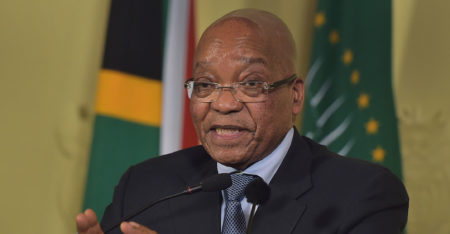
There’s little dispute that the South African rand is undervalued against other currencies. However, there is disagreement about the true extent thereof.
One of the indications of the rand’s undervaluation is the Big Mac Index, published by The Economist. The index is by no means a precise gauge of a particular currency’s competitiveness and the publication acknowledged that it is merely a “fun” way of looking at currency valuations against the US dollar.
According to the latest Big Mac Index, the rand could be as much as 58% undervalued against the dollar.
The index used the following calculation to arrive at the result. In the USA a Big Mac burger costs US$5,04 in 2016, compared to R29,50 ($2,07) in South Africa. That means a South African would pay around R71,72 for a Big Mac in the US.
In order to reach pricing parity (linking the price of something directly to another price) the value of the rand would be R5,85 by dividing the rand price of a Big Mac (R29,50) by the dollar price ($5,04).
But The Economist cautions that the “burgernomics” of the Big Max Index was never intended as a “precise gauge, but merely a tool to make exchange-rate theory more digestible”.
KPMG economist Christie Viljoen says it’s illogical to argue that the rand is 58% undervalued against the dollar, as the Big Mac Index doesn’t reflect fundamental factors.
“It is all but a realistic calculation, but the Big Mac Index is fun to read. The index presupposes that if it costs the same amount of money and takes the same amount of time and labour to manufacture a Big Mac in South Africa and the US, then the exchange rate could have been R5,85/$.”
Viljoen says the rand was especially undervalued in December last year, when President Jacob Zuma replaced Nhlanhla Nene as finance minister.
“But in my view we’re closer to a true value now at R14,23/$ if we take the poor economic growth and the political situation into account.”
According to Viljoen, the recent uptick in manufacturing numbers in the second quarter of 2016 can be ascribed to the weaker rand. “Manufacturers get more rand compared to a year ago when the rand was between R12 and R13/$.”
An undervalued, weaker rand is a double-edged sword.
“A weak rand, for example, favours exporters who earn more when the rand is weak, but it weighs heavy on households that are dependent on imported food products, especially during the current drought,” Viljoen says.




